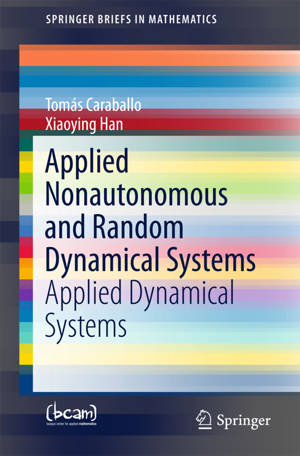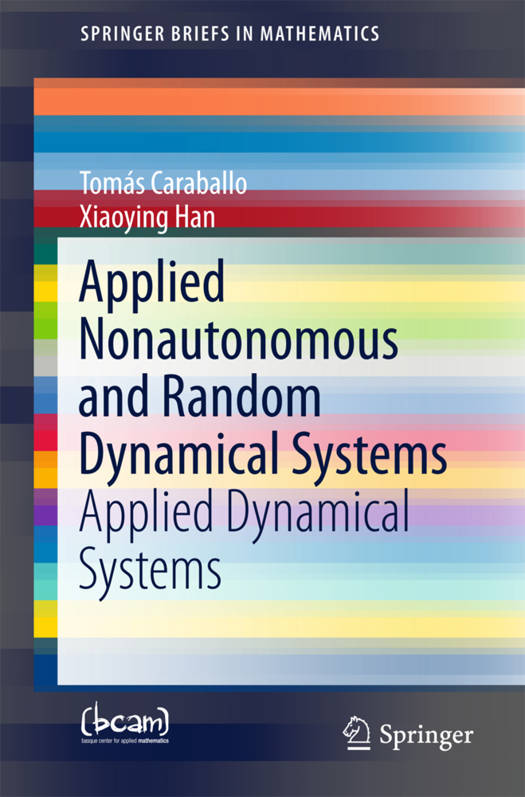
Door een staking bij bpost kan je online bestelling op dit moment iets langer onderweg zijn dan voorzien. Dringend iets nodig? Onze winkels ontvangen jou met open armen!
- Afhalen na 1 uur in een winkel met voorraad
- Gratis thuislevering in België vanaf € 30
- Ruim aanbod met 7 miljoen producten
Door een staking bij bpost kan je online bestelling op dit moment iets langer onderweg zijn dan voorzien. Dringend iets nodig? Onze winkels ontvangen jou met open armen!
- Afhalen na 1 uur in een winkel met voorraad
- Gratis thuislevering in België vanaf € 30
- Ruim aanbod met 7 miljoen producten
Zoeken
Applied Nonautonomous and Random Dynamical Systems
Applied Dynamical Systems
Tomás Caraballo, Xiaoying Han
€ 58,45
+ 116 punten
Omschrijving
This book offers an introduction to the theory of non-autonomous and stochastic dynamical systems, with a focus on the importance of the theory in the Applied Sciences. It starts by discussing the basic concepts from the theory of autonomous dynamical systems, which are easier to understand and can be used as the motivation for the non-autonomous and stochastic situations. The book subsequently establishes a framework for non-autonomous dynamical systems, and in particular describes the various approaches currently available for analysing the long-term behaviour of non-autonomous problems. Here, the major focus is on the novel theory of pullback attractors, which is still under development. In turn, the third part represents the main body of the book, introducing the theory of random dynamical systems and random attractors and revealing how it may be a suitable candidate for handling realistic models with stochasticity. A discussion of future research directions serves to round out thecoverage.
Specificaties
Betrokkenen
- Auteur(s):
- Uitgeverij:
Inhoud
- Aantal bladzijden:
- 108
- Taal:
- Engels
- Reeks:
Eigenschappen
- Productcode (EAN):
- 9783319492469
- Verschijningsdatum:
- 6/01/2017
- Uitvoering:
- Paperback
- Formaat:
- Trade paperback (VS)
- Afmetingen:
- 156 mm x 234 mm
- Gewicht:
- 176 g

Alleen bij Standaard Boekhandel
+ 116 punten op je klantenkaart van Standaard Boekhandel
Beoordelingen
We publiceren alleen reviews die voldoen aan de voorwaarden voor reviews. Bekijk onze voorwaarden voor reviews.











